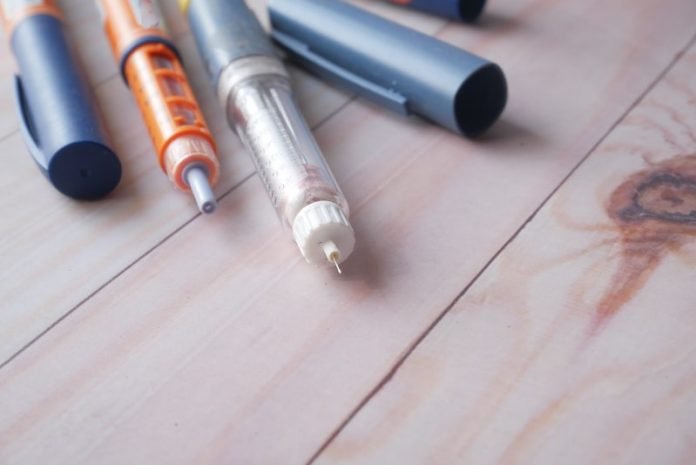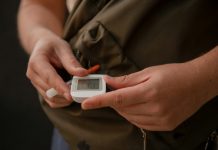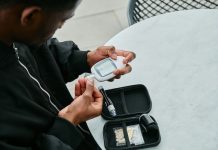
The way you take insulin may depend on your lifestyle, insurance plan, and preferences.
You may decide that needles are not for you and prefer a different method. Talk with your doctor about the options and which is best for you.
Most people with diabetes use a needle and syringe, pen, or insulin pump. Inhalers, injection ports, and jet injectors are less common.
Needle and syringe
You’ll give yourself insulin shots using a needle and syringe. You will draw up your dose of insulin from the vial, or bottle, into the syringe.
Insulin works fastest when you inject it in your belly, but you should rotate spots where you inject insulin. Other injection spots include your thigh, buttocks, or upper arm.
Some people with diabetes who take insulin need two to four shots a day to reach their blood glucose targets. Others can take a single shot.
Insulin shots involve drawing insulin from a vial into a syringe and then injecting it under your skin.
Pen
An insulin pen looks like a pen but has a needle for its point. Some insulin pens come filled with insulin and are disposable.
Others have room for an insulin cartridge that you insert and then replace after use. Insulin pens cost more than needles and syringes but many people find them easier to use.
Pump
An insulin pump is a small machine that gives you small, steady doses of insulin throughout the day. You wear one type of pump outside your body on a belt or in a pocket or pouch.
The insulin pump connects to a small plastic tube and a very small needle. You insert the needle under your skin and it stays in place for several days.
Insulin then pumps from the machine through the tube into your body 24 hours a day. You also can give yourself doses of insulin through the pump at mealtimes.
Another type of pump has no tubes and attaches directly to your skin, such as a self-adhesive pod.
Inhaler
Another way to take insulin is by breathing powdered insulin from an inhaler device into your mouth. The insulin goes into your lungs and moves quickly into your blood.
Inhaled insulin is only for adults with type 1 or type 2 diabetes.
Injection port
An injection port has a short tube that you insert into the tissue beneath your skin. On the skin’s surface, an adhesive patch or dressing holds the port in place.
You inject insulin through the port with a needle and syringe or an insulin pen. The port stays in place for a few days, and then you replace the port.
With an injection port, you no longer puncture your skin for each shot—only when you apply a new port.
Jet injector
This device sends a fine spray of insulin into the skin at high pressure instead of using a needle to deliver the insulin.



